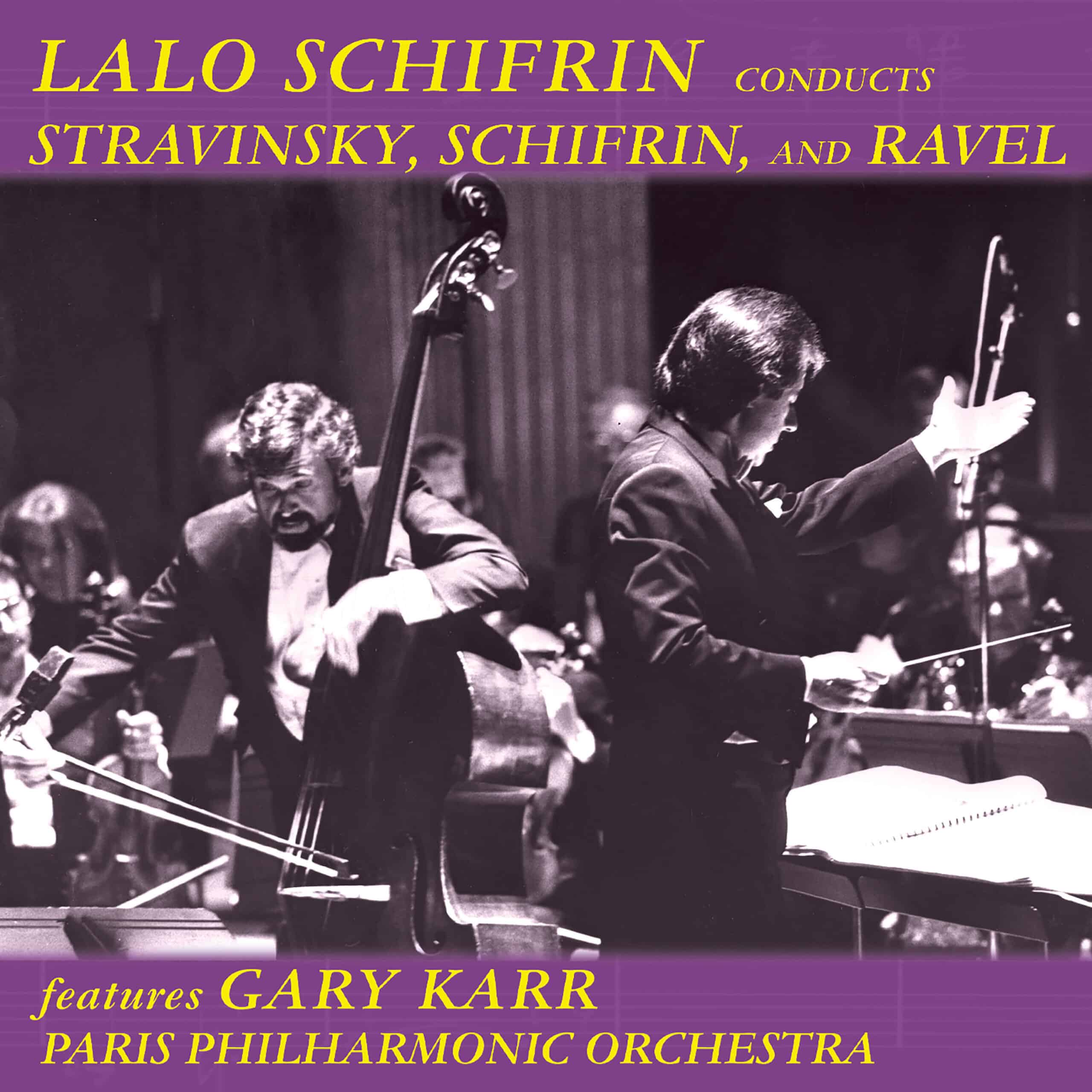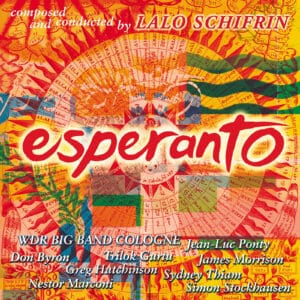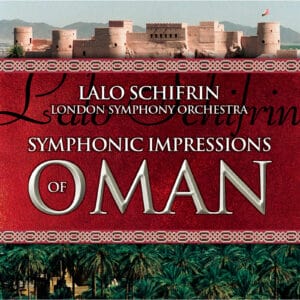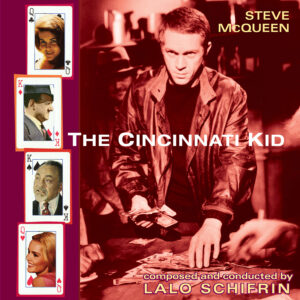As a musician of European ancestry born in Latin America, I became fascinated a few years ago by the discovery that a composer like Antonio Vivaldi had written an opera about the Aztec emperor Montezuma.
When, in January of 1986, virtuoso Gary Karr commissioned me to write a piece for double bass and orchestra, he asked me to write something lyrical. “I would like to make the instrument sing,” he said.
Immediately I decided to write a concerto in the shape of an opera, where the double bass would be the protagonist (basso). Obviously this “opera” did not have a story but the Montezuma/Vivaldi connection triggered an imaginary musical idiom based on neobaroque and Indo-American elements. I was compelled by the idea of alternating colorful scenes (“dances,” “choruses”) with introspective “aria, recitativos, and duets.”
However, the challenge was to give an internal unity to the many elements and at the same time create a showcase for the solo instrument. Like Europeans exploring terra incognita, I sailed through the strings of the bass. Gary Karr himself helped me too with a catalogue of possible extensions, figurations, bowing techniques and articulations which I proceeded to integrate into the work. I am almost certain that the double bass does not portray the characters of either Montezuma of Vivaldi but rather the subjective impressions of a modern observer who attempts to interpret the interdependence of particular historical events and searches his own soul while reviewing parades of orchestral timbers joining their rhythms and “singing” along with their melodic contours.
– Lalo Schifrin
Track Listing:
- Petrouchka – 30:19 Igor Stravinsky
- I. Allegro Barocco – 9:02 Lalo Schifrin, Concerto for bass and orchestra
- II. Adagio Pensieroso – Andantino – 10:30 Lalo Schifrin, Concerto for bass and orchestra
- III. Allegro Giocoso – 6:08 Lalo Schifrin, Concerto for bass and orchestra
- I. Pavane de la Belle au Bois Dormant – 1:15 Maurice Ravel, Ma Mére l’Oye
- II. Petit Poucet – 2:59 Maurice Ravel, Ma Mére l’Oye
- III. Laideronnette, Impératrice des Pagodes – 3:25 Maurice Ravel, Ma Mére l’Oye
- IV. Les Entretiens de la Belle et la Bête Maurice Ravel, Ma Mére l’Oye
- V. Le Jardin Féerique – 2:53 Maurice Ravel, Ma Mére l’Oye




